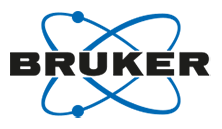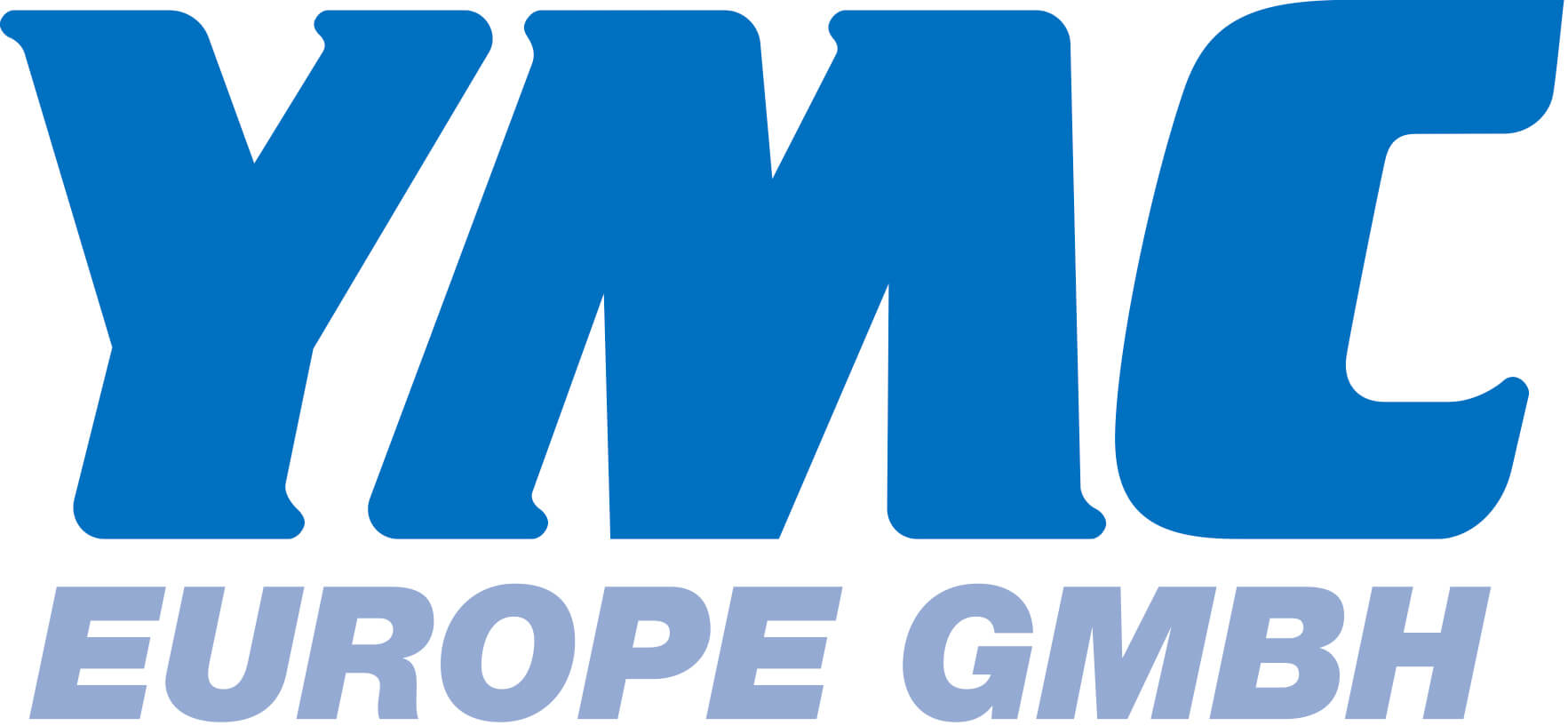Overview
A dopant optimized GC-APCI Q-TOF method for screening of pesticides in food matrix was developed. Dopant optimization studies found methanol as the optimal organic modifier using the Bruker GC-APCI II source. The developed technique utilizes facile dopant vapor introduction via nitrogen carrier gas and can be used to selectively enrich ionization for different classes of pesticides.

Introduction
Soft ionization modes in GC-hyphenation studies such as chemical ionization (CI), field ionization (FD), supersonic molecular beam (SMB), or atmosphericpressure chemical ionization (APCI) allows the effective formation of pseudo-molecular ions from biomolecules. Soft-ionization techniques thus allows users to address a much wider scope for screening as well as improved identification confidence based on stable pseudomolecular ion. GC-APCI generic source coupling is one of the more promising method as it is dually compatible with both GC and LC-hyphenated mass spectrometers. In this study, the optimization and development of a dopant-based APCI screening workflow using nextgeneration GC-APCI ion source on a QTOF platform for multi-target pesticide screening is presented.
Methods
Instrument: Bruker Compact™ QTOF system GC: Bruker 451 GC with 8400 Liquid Autosampler GC Conditions: GC Column: BP-5MS (30 m x 0.25 mm i.d, 0.25 m) Injector Temperature: 260 °C Oven Temperature Program: 90 °C (1min)→25 °C/min → 120 °C→6 °C/min to 300 °C (7.8min) Total run time: 40 min Column flow: 1.5 mL/min with He Injection: 2 L at 40 psi pulsed splitless for 1 min Transfer line Temperature: 290 °C MS Conditions: Scan range: 50 -700 m/z at Positive mode Scan mode: Full scan and bbCID at 6Hz (166 ms) Corona current: 4000 nA Neublizer Gas: 1.0 Bar with Dopant Solvent Drying Gas: 2.0 L/min at 150 °C Data Processing Software: TASQ 1.0





